If you have it – why not open it and see how it works? Children often make discoveries like this, but why stop at childhood – let the exploration continue! Besides, electronics skills add to your repertoire in repairing things without frequenting Best Buy every so often. But safety first!
In an age where electronics are an integral part of our daily lives, from smartphones to laptops and PCs, knowing how to open and tinker with electronic devices safely is a valuable skill, as discussed. Whether you’re seeking to make repairs, perform maintenance, or upgrade components, it’s crucial to have a good understanding of proper screwdriving techniques.
Today, we will guide you through the best practices for using screwdrivers on electronic device hardware and components, with a strong emphasis on safety and precision, along with some recommendations.
Refer to Fanttik's comprehensive guide on Screwdrivers: Find the Perfect Tool.
Mobile Phones: Where Precision Matters Most
Mobile phones are incredible innovations that pack tons of technology into such compact devices. But inside their slick exteriors lie intricate circuit boards and fragile components that make everything work.
When cracking open one of these gadgets, be extra careful - one wrong move could damage something. Let precision guide you, taking it slow and steady. Follow the tried and true steps that other tinkerers have developed over time. This isn't to limit you but to channel your curiosity constructively.
- Proper Screwdriver Selection: Invest in a precision screwdriver set with a variety of bits, including those specifically designed for mobile phones. Fanttik E1 Max, a versatile electric precision screwdriver, is an excellent choice, as it features 50 magnetic precision bits that cater to various mobile phone models.
- Magnetic Screwdriver: Make sure your screwdriver is magnetized. Magnets will help prevent screws from falling into the phone, which can be a real headache.
- Anti-static Measures: Mobile phone bits are super shockable. So touch some grounded metal to discharge any static cling before you start tinkering. Wearing an anti-static wrist strap helps too. This prevents static electricity from zapping your phone's sensitive parts.
- Screw Sequence: Phones have meticulous screw schemes. Note where each one came from when taking the phone apart. Draw a diagram, use a magnetic mat, or make up a wacky song to remember. Keeping screws in order makes putting everything back way easier.
- Torque Control: Tighten screws gently and evenly when reassembling your phone. Cranking them too hard can strip threads or break components. Under-tightening leaves things loose and disconnected. Find the phone's sweet spot for ideal torque - not too tight or too light.
Laptops: Ensuring a Smooth Operation
Laptops are essential portable workhorses for work and play. When dealing with laptops, be extra careful handling all the parts inside - you'll have to put it back together again!
Follow some key tips: be gentle, take notes, and keep those tiny screws in order. Laptops have specific sequences to take them apart and put them back together. Stay organized and you'll be alright.
- Get Your Screwdriver Set: Laptops need the same precision tools as phones. Make sure your screwdriver is magnetic and has different-sized bits. This prevents screw fumbles or stripped heads.
- Electrostatic Discharge: Laptops are particularly susceptible to electrostatic discharge (ESD) due to their complex circuitry. Use an ESD mat and wrist strap to prevent ESD damage.
- Screw Sequence: As with mobile phones, laptops have specific screw sequences that must be followed during disassembly and reassembly. Documentation is essential here.
- Variable Torque: Tightening laptop screws takes finesse. Too much force can crack plastic or components. Too little leaves things loose. Find the sweet spot torque for each screw to avoid damage.
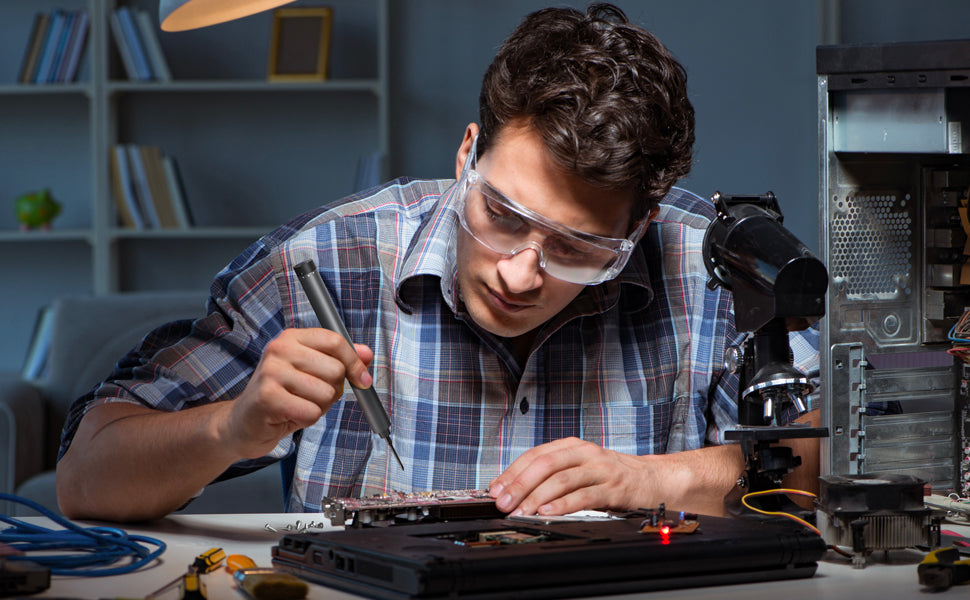
PCs and Other Electronic Gadgets: Let the Heart of Your Workstation Pump
Personal computers and other electronic gadgets vary significantly in size and complexity. However, there are some general guidelines to follow when working on them.
- Choose the Right Tool: For large electronics, use a versatile electric screwdriver like the Fanttik E1 Max or E1 Pro. Their precision control and adjustable torque suit various tasks.
- Beware Static Buildup: Always use an anti-static mat and wrist strap when working on PCs and big devices to avoid damaging ESD discharge.
- Follow Disassembly Order: Carefully record the screw removal sequence to simplify reassembly later. Haphazard take-apart makes putting back together harder.
- Apply Proper Torque: Carefully adjust torque on large devices to prevent stripped threads or damaged cases and components. A controlled tightening force is essential.
More tips for getting the most out of Electric Screwdriver: Usage Tips and Techniques
The Benefits of Electric Screwdrivers
Electric screwdrivers excel at electronics work thanks to their advanced capabilities. Here’s why they outshine traditional screwdrivers in these use cases.
Precision and Speed
Electric screwdrivers such as the Fanttik E1 Max allow controlled, steady rotation. This precision helps avoid stripped screws and damaged parts. Careful precision is very important when handling small screws in phones and laptops, where a single accident can permanently break components. While electric screwdrivers save time disassembling and reassembling devices faster, you still need to work slowly and carefully to prevent damage. The key is finding the right balance between efficient speed and meticulous care when using these tools.
Adjustable Torque Settings
Good electric screwdrivers offer adjustable torque settings, allowing you to control the force applied to screws. Proper torque is essential to prevent over-tightening, which can cause damage, or under-tightening, which can lead to loose connections. With electric screwdrivers, you can customize the torque settings to suit your specific task.Related reading about torque: Cordless Screwdriver Torque: Unveiling the Magic Behind Screw Driving Power
Ergonomics
Quality electric screwdrivers mold to your hand like a glove. Their ergonomic designs help ward off hand and wrist strain during marathon repair sessions.
This comfy grip is clutch when tackling bigger jobs like PC upgrades or furniture assembly. You'll still be going strong while manual screwdriver users are rubbing their aching palms.
An easy-holding handle ensures your precision game stays on point for the long haul. So you can keep cranking away on those gadgets and assemblies without the nasty hand cramps slowing you down.
LED Illumination
Some electric screwdrivers, such as Fanttik E1 Max, come equipped with built-in LED lights that illuminate the work area. This feature is invaluable when working in dimly lit spaces, ensuring you can see your work without shadows or obscured details.
Welcome to know more about the features: Should You Upgrade to an Electric Screwdriver? Key Factors to Consider
The Best Electric Screwdrivers for Electronics
When choosing the right electric screwdriver for your electronic work, the market offers a variety of options. Here are two standout electric screwdrivers that cater to different needs.
Fanttik E1 Max – A PC Builder’s Dream Come True
The Fanttik E1 Max electric screwdriver demonstrates a considerate design. Its 50 magnetic precision bits are tailored specifically for electronics repair, enabling meticulous work.
Dual torque settings adapt to each unique task's needs, while the manual mode allows precise adjustments. These details exhibit Fanttik's commitment to creating tools that promote conscientious gadget care.
Both at home and on the go, the E1 Max's versatility aids electronics projects through customizable precision. It is a screwdriver built with the thoughtful repairer in mind.
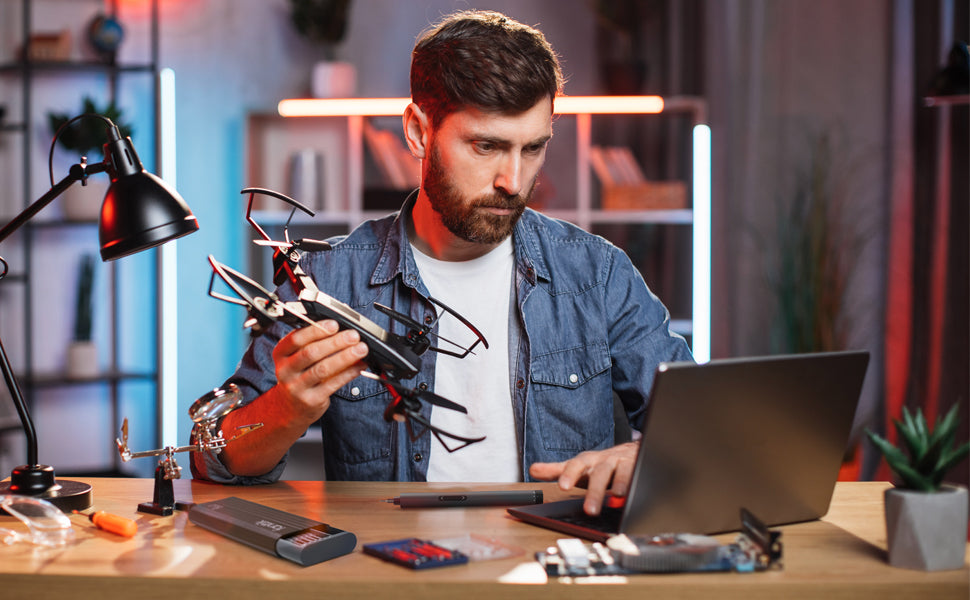
Fanttik E1 Pro - The Ideal Companion for Electronics and Beyond
Fanttik’s E1 Pro Cordless Screwdriver is designed for precision and versatility. This torque screwdriver has a high and low electric torque of 0.2/0.05N.m and a manual torque of 3N.m. It can work continuously for up to 2 hours, making it an excellent choice for various electronic repair work.
The E1 Pro boasts a magnetic design that keeps internal screw parts from slipping loose. Its fully magnetized body and magnetization zone securely hold bits in place. S2 steel bits withstand daily use, while the pen-shaped body fits comfortably in your hand.
Powered by a 350mAh lithium-ion battery, the E1 Pro delivers long-lasting battery life to tighten up to 400 screws on one charge. Convenient USB-C charging makes this portable screwdriver a reliable companion for all your electronics repair projects, whether at home or on the go.
Concluding Remarks
With some care and the right tools, you can totally fix your own electronics without wrecking anything! Choose well-made electric screwdrivers like the Fanttik E1 Max or Fanttik E1 Pro to take things apart carefully. Be sure to map out all the teeny screws, don't force anything, and take it nice and slow.
Tinkering teaches you a ton just by diving in and troubleshooting. The more you practice, the better you'll get at repairs. You'll also gain a whole new appreciation for how your wild gadgets actually work on the inside! The key lessons are patience and precision. Do it right, and you can safely peek inside your tech's clever inner workings.

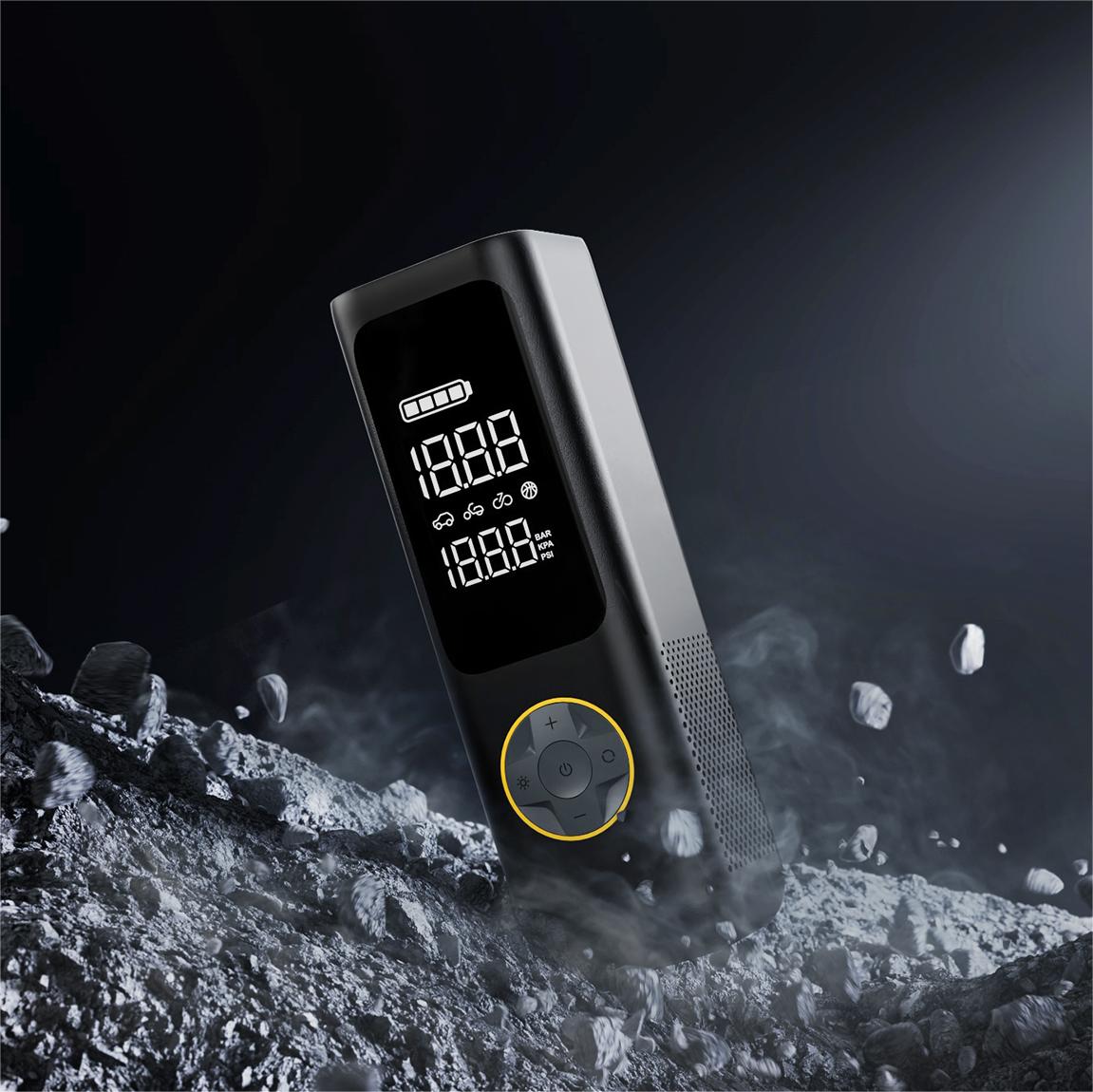


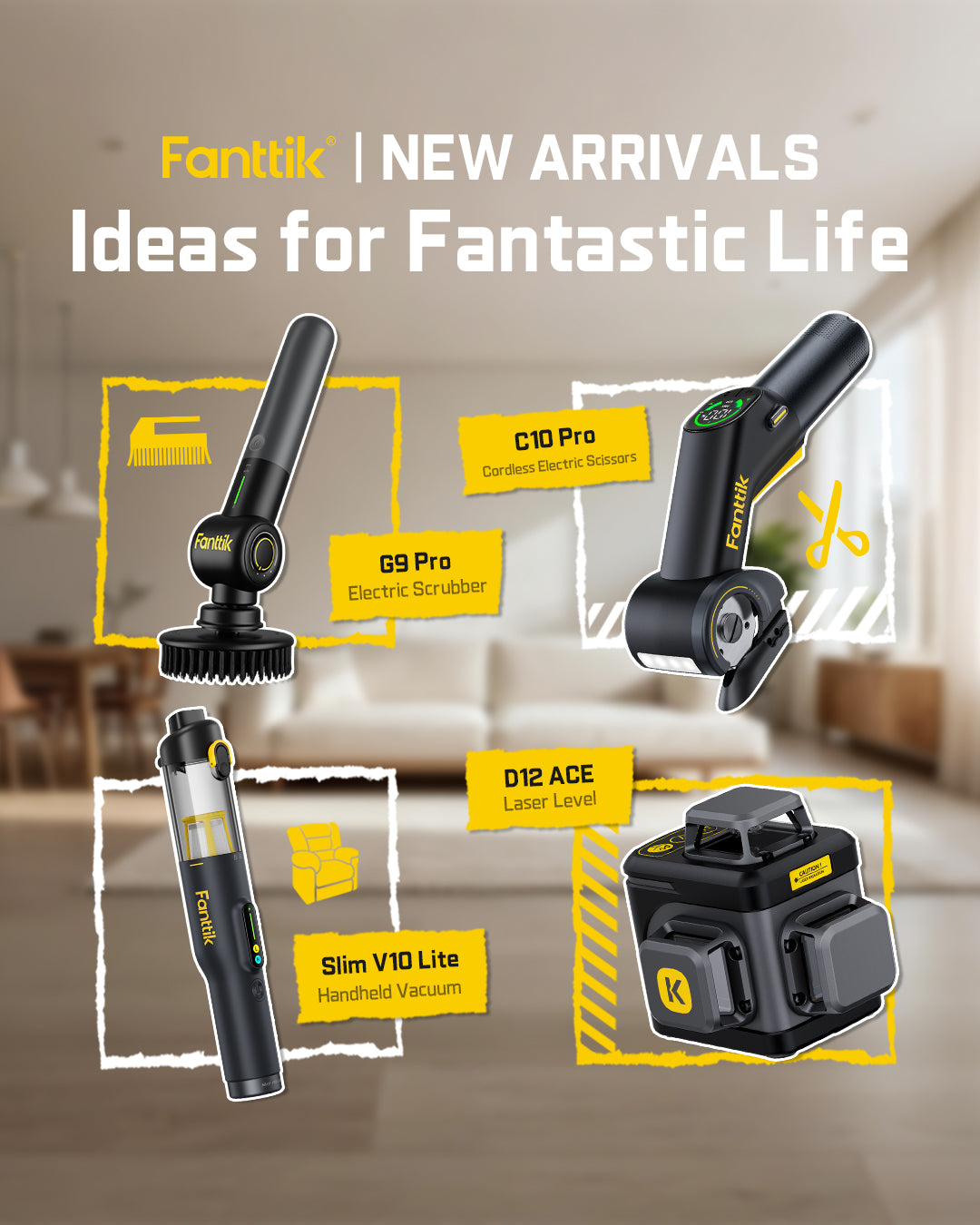
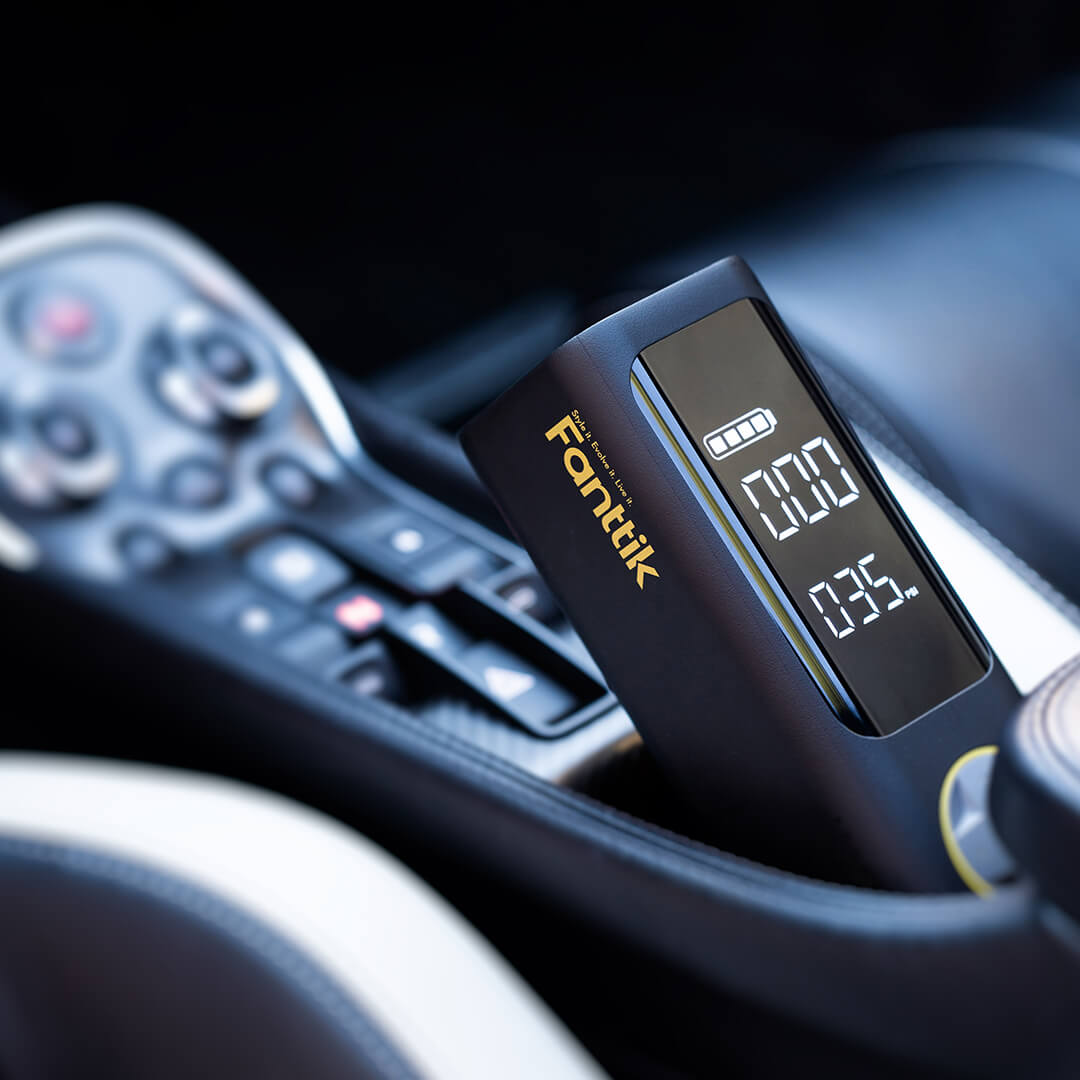
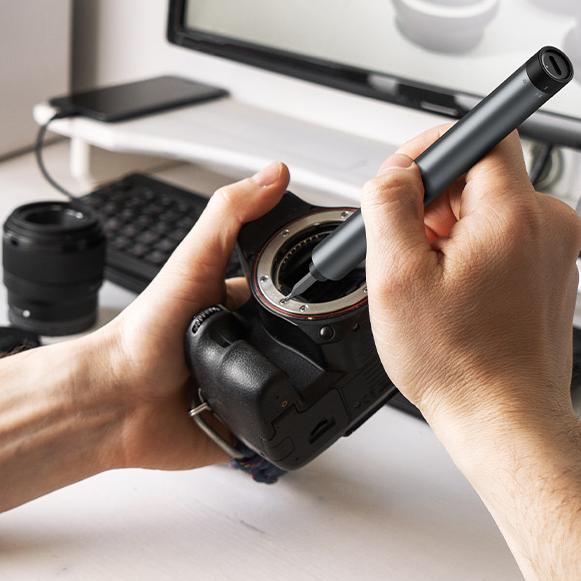



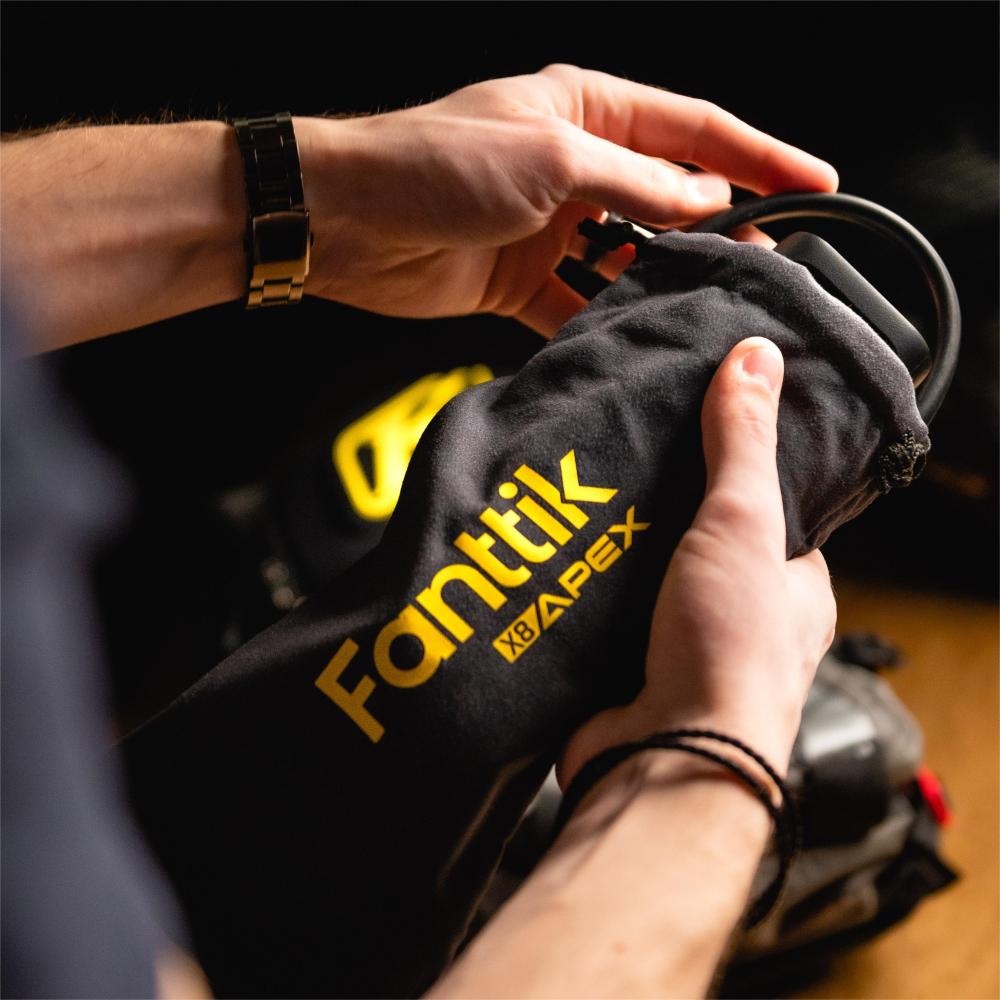

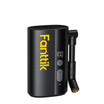
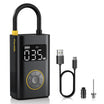
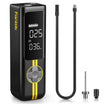
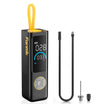
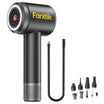
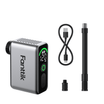
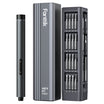

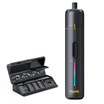
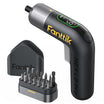
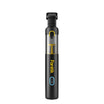
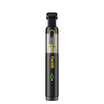
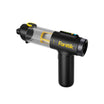
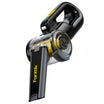
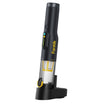
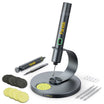
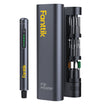
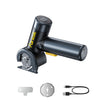
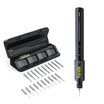
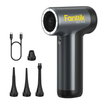
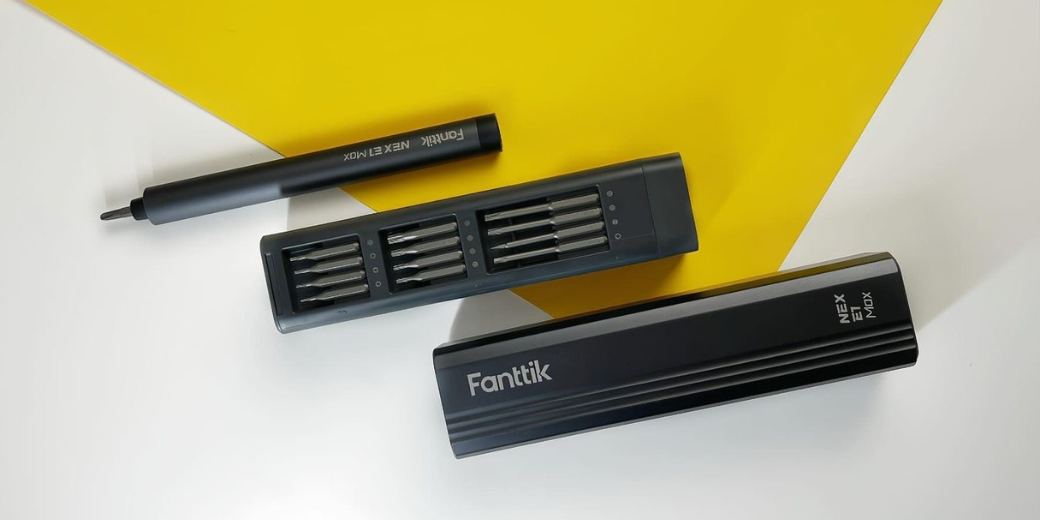

Leave a comment
This site is protected by hCaptcha and the hCaptcha Privacy Policy and Terms of Service apply.